Superintendent Linn Exline shared how USD 305 prepares students for the future at her coffee chat on Sept. 30.
“We want a post-secondary plan that makes sense for you, that fits with the skills you bring to the table,” Exline said. “We have worked really hard to add industry-recognized credentials students can earn during high school, so they can go straight to a high demand, high wage job.”
Salina Public Schools (SPS) partners with Salina Area Technical College (SATC) and Kansas State University Salina to offer Career and Technical Education courses and certifications. Students can choose from 14 career pathways, with 257 classes available between SPS and SATC, as well as (on-the-job training) OJT.
“It is great that our students have the opportunity to get certified during school,” USD 305 school board member and retired teacher Bonnie Schamberger said. “They can become a CNA [Certified Nursing Assistant] or get certified in culinary arts or education, all before they graduate.”
Schamberger was at the chat, which was open to questions and ideas. It was the first of four to be held this year, with future dates and times to be announced.
Community member Richard Humphrey wanted to know more about mentorship opportunities.
“This is a pretty rad conversation to be had,” Humphrey said. “My investment would be more for the kids that are off track. You know, it is easy to go down that slope. That was my experience, and I had two mentors that kind of put me back on track. Things are going really well.”
USD 305 has three main goals for students: communication, critical thinking, and social-emotional skills.
Exline said mastery of all three areas will be critical to students as they move on from high school, not just academics.
“Sometimes they do not have the social-emotional skills,” Exline said. “We want to make sure that they have a really well-rounded education, and that we open every door possible.”
One way this is being done is through the mentorship program Big Brothers Big Sisters.
“So many [students] are wanting to do [Big Brothers Big Sisters],” Exline said. “I just think that’s marvelous. That right there shows the kind of story people need to hear about teenagers, and how you are really giving back.”
The school district teaches these job skills now to prepare students for their futures, whether that be a four-year degree or an industry-recognized credential earned while in high school.
“So many of our students come from families where finances are tight,” Exline said. “Over 60 percent receive subsidized meals, so when we’re talking about affordability of post-secondary education we want to open some doors for them and save families tremendous amounts of money.”
For college-bound students, gaining credit hours while living at home can be more cost-effective. The school district aims to help save on these costs, as well as prepare them for scholarship opportunities.
“Parents think the GPA matters when, in fact, for a lot of the scholarships right now, ACT scores are the key,” Exline said. “What’s going to increase your chance of a higher ACT score? Rigorous classes.”
The school district has the goal to prepare students for any route they may take, not just college.
“We want our students to know that not everything requires a four-year degree, that there are high-paying jobs with an associates degree or an industry-recognized credential,” Exline said. “We don’t want all of you competing for jobs that are bachelors degrees and beyond, because only 37 percent of the jobs are there. Do you have a plan that gets you exactly where you want to go?”
Growing up comes with its challenges, but these opportunities can equip students with skills for the future, Exline said.
“You need to set a goal, and you need to have a path to get there, and that’ll increase your chances of success,” she said. “Sometimes that post-secondary plan plays out exactly like the student thinks, and sometimes it doesn’t, and that’s OK.”



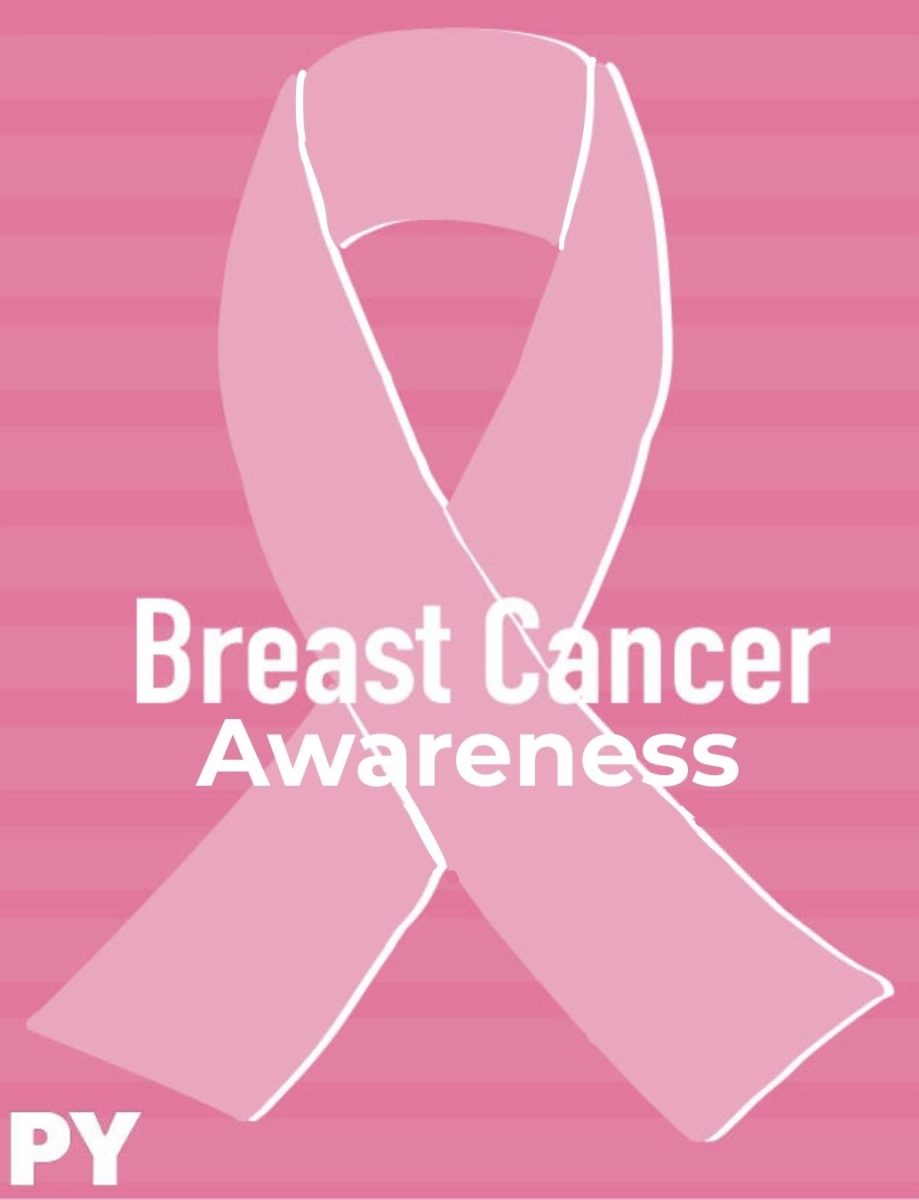
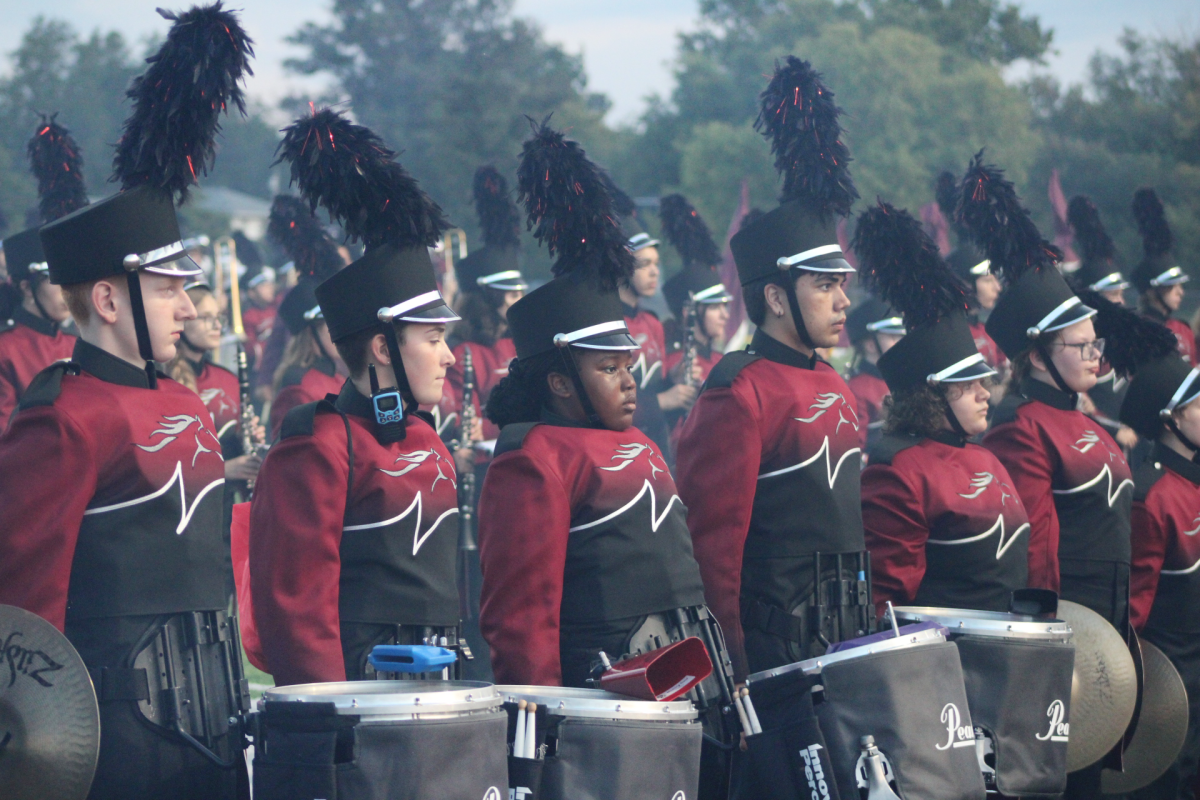
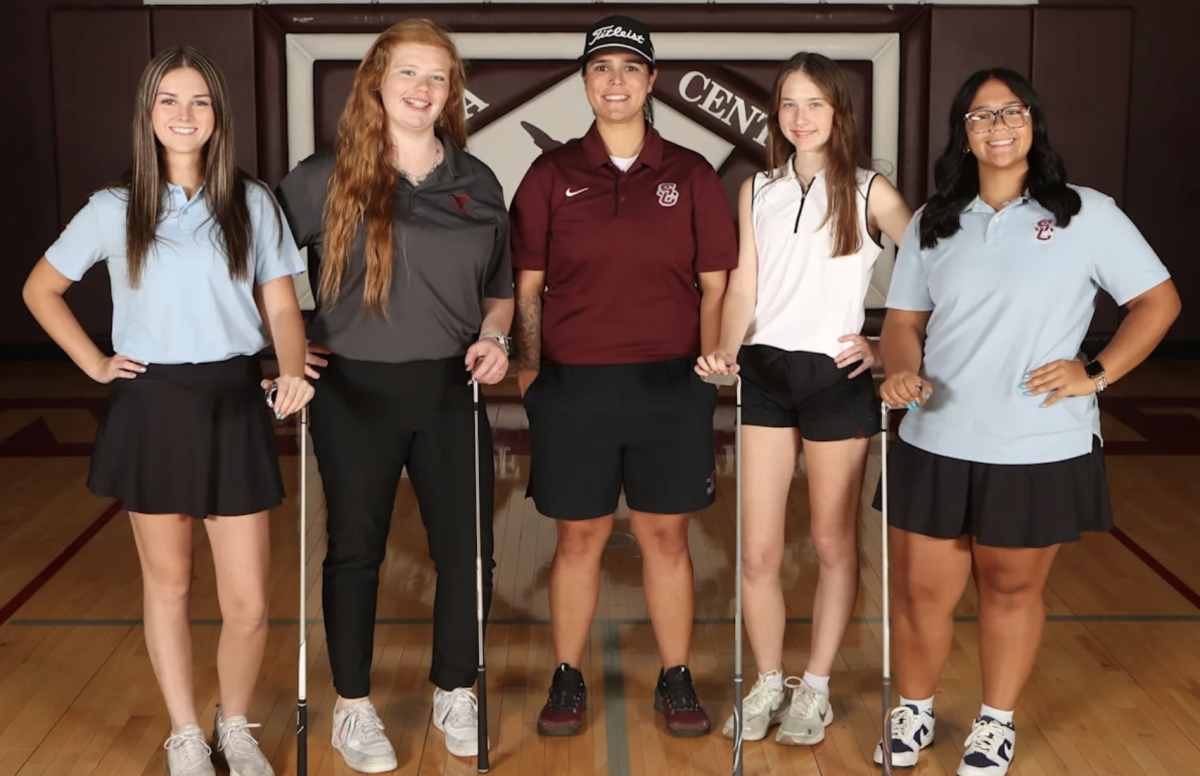


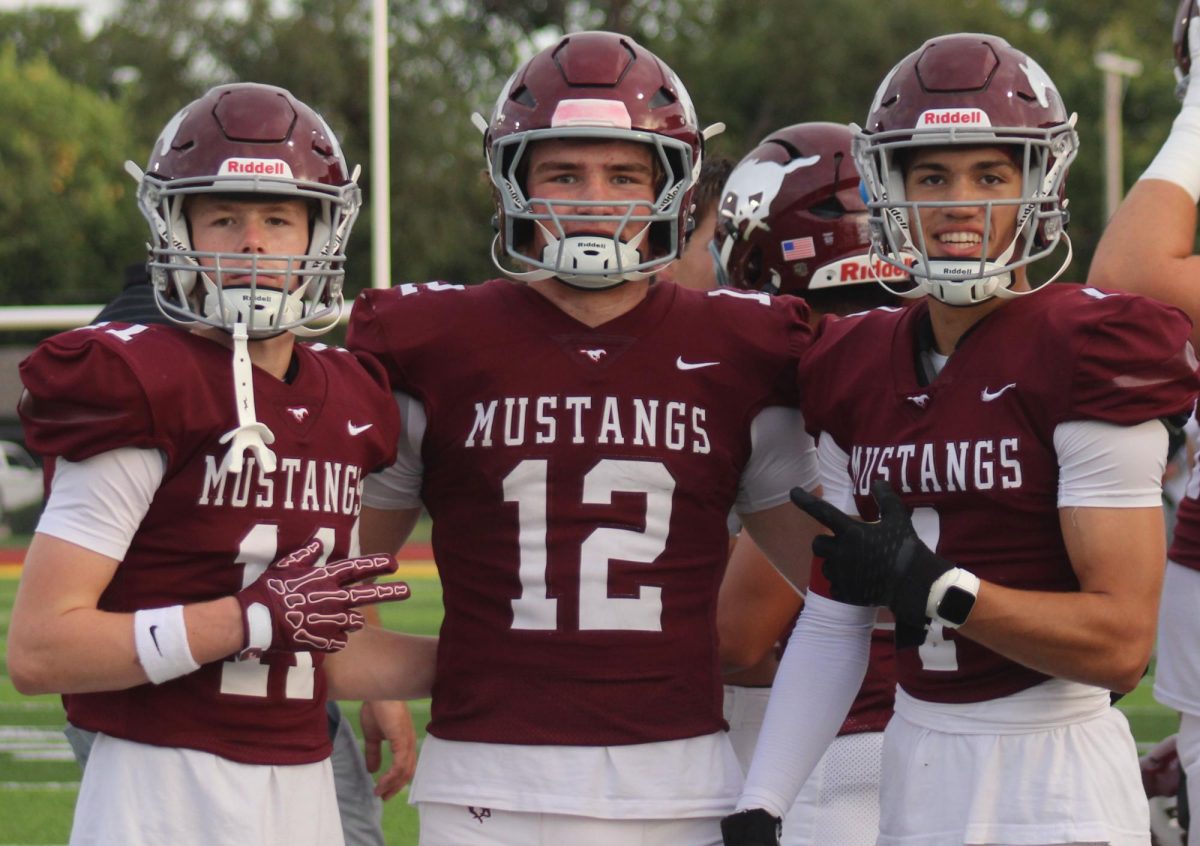
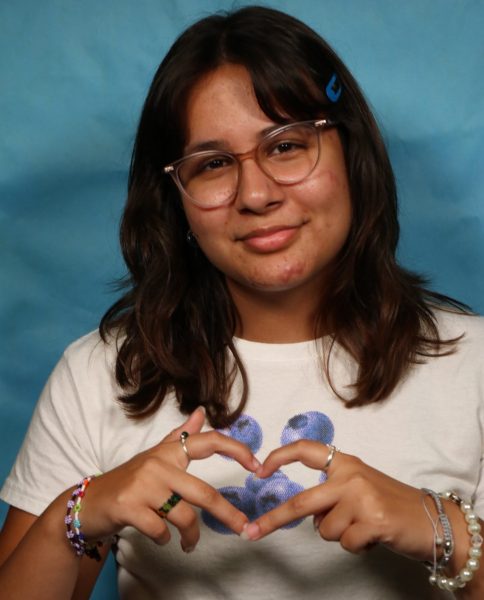
M Dryer
Oct 7, 2024 at 5:15 pm
Interesting, informative and very well written.